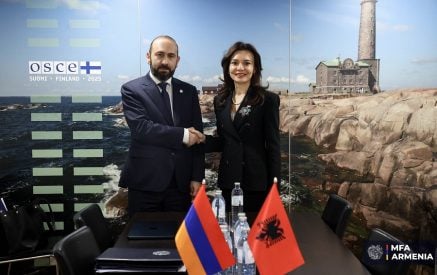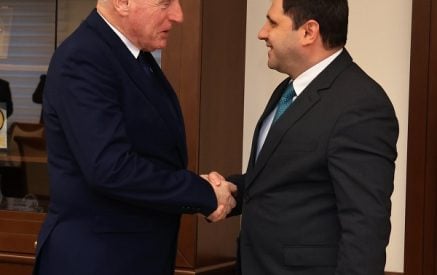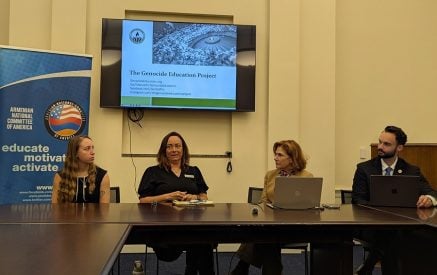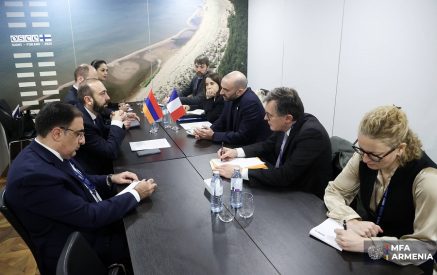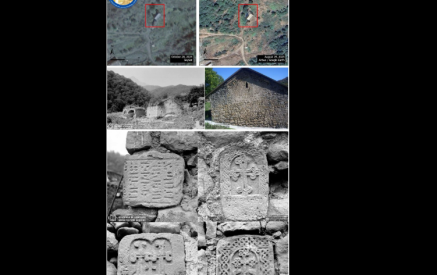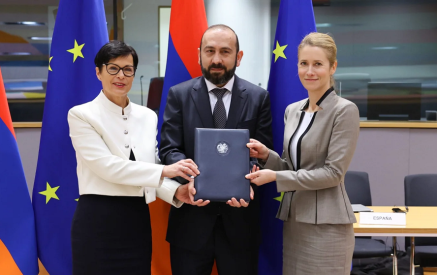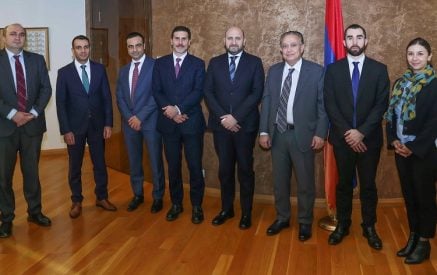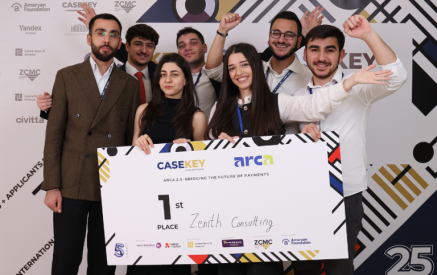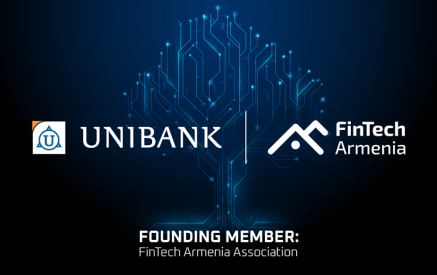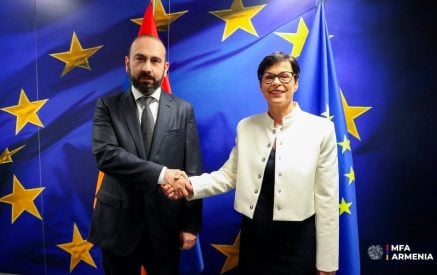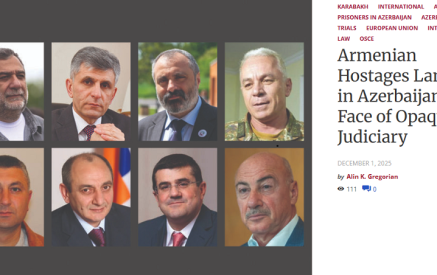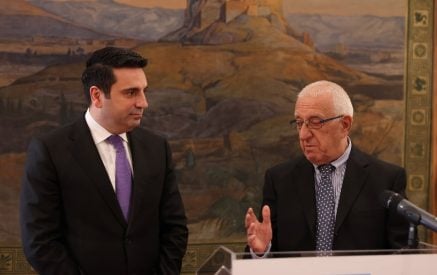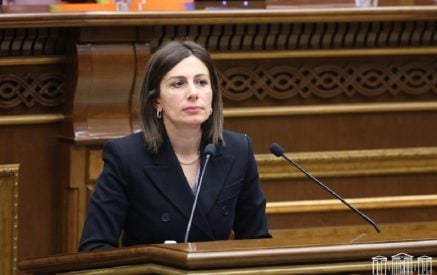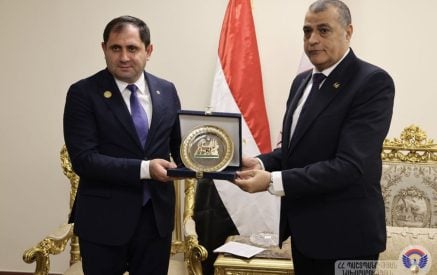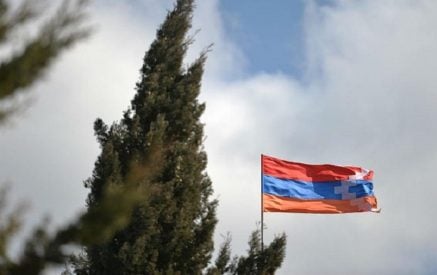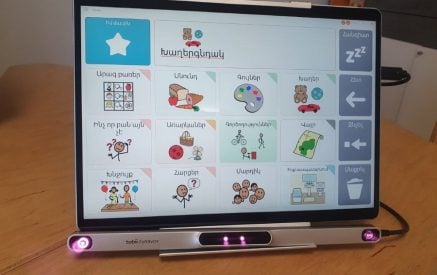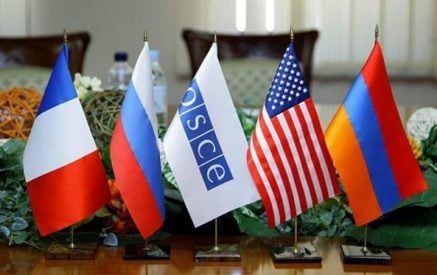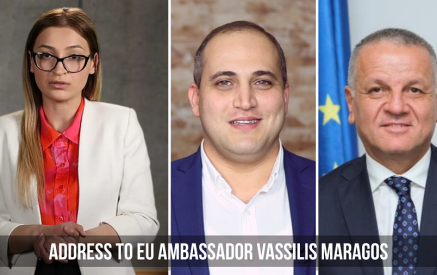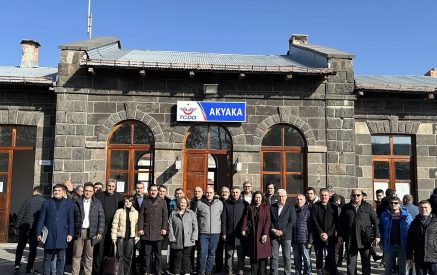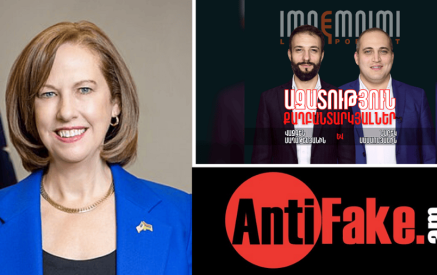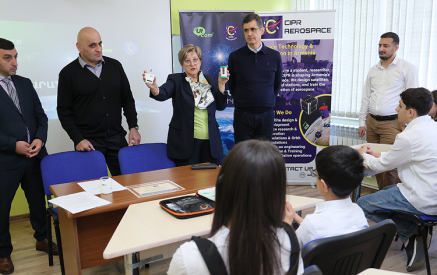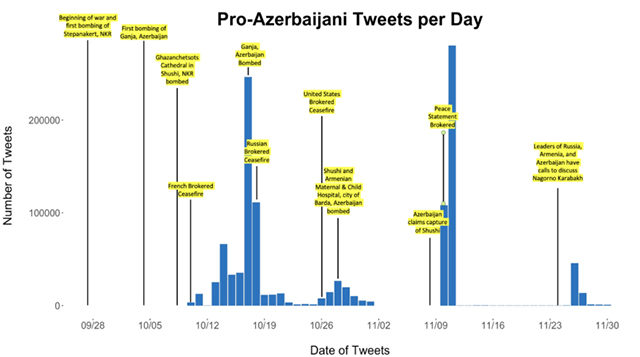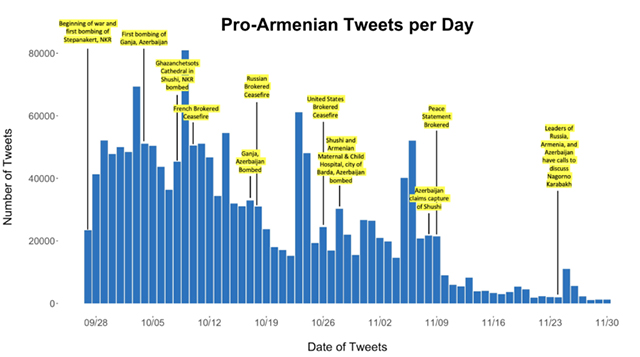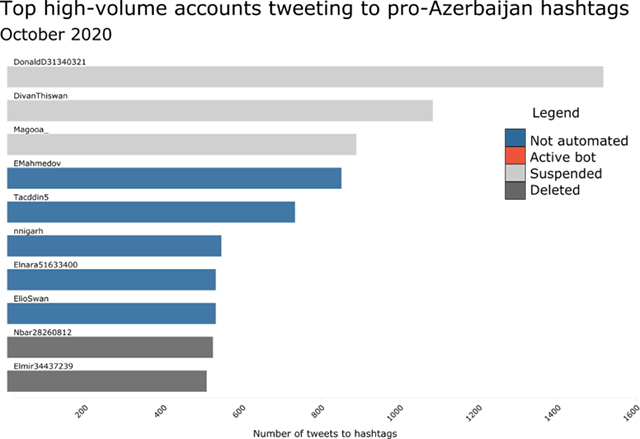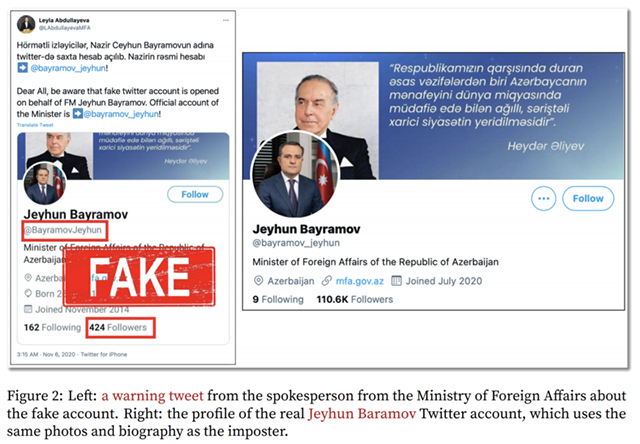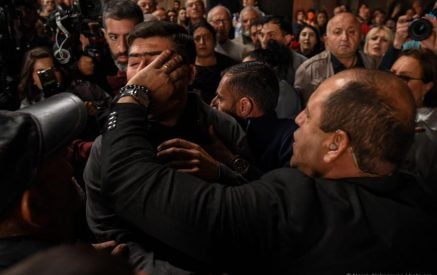By Cristopher Patvakanian, Roupen Minassian, and Manana Hakobyan
BOSTON/YEREVAN/SYDNEY (DataPoint Armenia) – A war between Armenia and Azerbaijan was reignited after Azerbaijani attacks on Artsakh in September 2020, but the fighting extended far beyond the mountains of the Caucuses. Twitter users engaging in social media narrative warfare during the war – also known as “astroturfing” – were very active during and after fighting on the ground. Though there has been some scholarship covering the activity of both pro-Armenian and pro-Azerbaijani Twitter users, including extensive Azerbaijani Armenophobic hate speech, DataPoint Armenia (DPA) has conducted the most comprehensive analysis specifically on astroturfing to date. Its most recent report covers the themes, coordination, and primary tactics used by Armenian and Azerbaijani Twitter users.
Read also
Campaign Advocacy and Tweet Timing
Although pro-Armenian and pro-Azerbaijan groups coordinated large-scale campaigns in an effort to highlight atrocities of the Nagorno-Karabakh conflict, our investigation identified variations in how this information was disseminated on Twitter between these sub-groups. Initial investigations on the number of tweets/day noted differences in tweeting patterns. While pro-Armenian tweets demonstrated consistency between days, pro-Azerbaijan tweet activity correlated with significant events during the war.
Interestingly, DPA discovered that a large proportion of pro-Azerbaijan tweets during this period were replies or retweets of original content. DPA did not find said disparities in pro-Armenian tweets and observed more natural and variable tweeting behaviours.
Automation, Disinformation, and “Ephemeral Astroturfing”
Common themes that were utilized by both groups was the targeting of celebrities and the impersonation of government officials in attempts to manipulate both current and historical information about the geopolitical area. Although automation and bot activity was also a shared tactic, pro-Azerbaijan tweeters seemed to engage more in a process called ephemeral astroturfing, as we noticed a significant lack in the number of tweets when scraping (compared to pro-Armenian tweets) and the fact that highest volume accounts tweeting to pro-Azerbaijani hashtags were deleted or suspended.
Ultimately, what was demonstrated during the cyber war was a more coordinated approach to the dissemination of information by pro-Azerbaijan tweeters compared to pro-Armenian tweeters.
Hashtag Usage
During the war, hashtag usage became a popular tool for emphasizing and spreading opinions and news. Armenians had many of those hashtags such as #StopAzeriTerrorism, #RecognizeArtsakh, #ArtsakhIsArmenia, etc. The investigations on hashtag frequencies showed that pro-Armenian tweets employ numerous hashtags with little frequencies, while the pro-Azerbaijani tweets boost the hashtags by using only a few of them and increasing their frequency. This tactic allows their narrative to trend globally. The Twitter algorithm prioritizes content that uses trending hashtags. Additionally, the most popular hashtags can be tracked on Twitter’s “Trending” page which is a key to attracting the attention of the global community. There is a lesson to be learned about coordinated activism and the spreading of an organized unified narrative even when it comes to a matter as simple as choosing the single representative hashtag from #StopAzeriTerrorism, #RecognizeArtsakh, #ArtsakhIsArmenia and other candidates.
Report Conclusion
Topics: astroturfing, cyberwar, social media
MORE FROM ARMENIA & KARABAKH
ALUMINUMTARIFFSTRADE
Washington Hits Armenia with Aluminum Foil Anti-dumping Duties
Understanding not only the content but the mechanisms by which information spreads on social media is important because it in fact can have consequences in the “real” world. Pro-Azerbaijani users artificially spamming hashtags and harassing celebrities, most prominently with the hashtag “#DontBelieveArmenia” and targeting celebrities such as Cardi B and Elton, damaged the image of Armenians in public discourse. This activity in turn even harms efforts to gather support and advocate for the Armenian cause internationally – not to mention violates the terms of service of Twitter.
For pro-Armenian users, much of the coordination, some of which was confirmed by Twitter to be affiliated with the Armenian government (and thus taken down), showcased how inexperienced the country is to Twitter campaigns. The primary activities of the accounts taken down by Twitter were impersonations of Azerbaijani government officials, such as Jeyhun Baramov, the Azerbaijani Minister of Foreign Affairs and the spokeswoman for the MFA Leyla Abullayeva. The goal of these accounts was essentially to give the appearance of Azerbaijani political disagreement and internal chaos, thus targeting the local Azerbaijani audiences. The identities of those accounts were eventually called out by the actual Azerbaijani officials, and likely had little to no impact on Azerbaijani audiences. A Stanford Cyber Policy Center report specifically focuses on these “sockpuppet” accounts in detail, with a screenshot from their analysis provided below.
While Azerbaijan has a history of social media manipulation on Twitter, it came as a shock to many Armenians to see their government exposed by Twitter Safety for making fraudulent accounts on the platform. Knowing that the Armenian government has used these techniques, even to a small degree, should make Armenians be more careful when looking at information spread on Twitter on topics regarding both international and domestic issues. Though Twitter’s takedown did not find any Armenian government-affiliated accounts aimed at targeting the Armenian local audience, Armenians should be especially vigilant about the potential use of inauthentic social media for campaign/propaganda purposes during elections or other events where there is a coordinated flow of information. It is worth also noting that most Armenians are not using Twitter but rather, based on website popularity, using Facebook, Youtube, VKontakte and Telegram as their primary social media platforms.
Moreover, much of the activity of Armenians, authentic and inauthentic, probably had a small effect on international audiences. The majority of new users from Armenia likely came through the “Social Media Army” groups on Facebook and only followed one another and government accounts. As a result, though the report does not focus on this, one can conclude Armenians may have created an echo-chamber of pro-Armenian users retweeting the same content to one another rather than a larger outreach to international communities.
It is worth noting that unlike suspicious Armenian activity, there was no public investigation or takedown of suspicious Azerbaijani accounts by Twitter. DPA recommended in its report that Twitter conduct its own internal investigation into pro-Azerbaijani tweets during the duration of the war, and also improve its monitoring of the region during periods of conflict. Additionally, the report concluded there’s a need for improvement in Twitter’s platform monitoring given the particularly disturbing rhetoric highlighted in this report and publicly propagated on social media by official and non-official Azerbaijani users.
For access to the complete investigation, please see the report located on the DataPoint Armenia website.
Social Media Best Practices
It is important to understand how to push your narrative on social media in an adversarial environment but it is also very important to know the ways to protect your mental health and digital security. Unfortunately, many Armenians came across some sort of hate speech during the war on social media and felt threatened. Some even experienced cyber-attacks such as messages or calls with harmful content, reported or stolen accounts. The hate speech and violence on social media puts extra psychological burden on the individual making them often behave irrationally. While it is hard to take control of emotions, always remember that the content on social media is not always authentic. Here are good practices to navigate through social media, especially, when you suspect that there is a chance of astroturfing.
Check the source and the author of the content. The authentic sources are more trustworthy than random blogs. In case of social media influencers or public figures, make sure that their pages are authentic and the accounts are not stolen.
Check the dates of the posts and metadata if available. Some pictures include metadata which can show where and when the picture was taken.
Report activities that violate the Terms of Service (TOS). These include any kinds of hate speech, misinformation and suspicious accounts.
When encountering hate speech do not engage with it, especially, with replying to the message or comment with a more hateful comment. It is a wiser decision to report this activity to the platform managers, so they can prevent more hate speech dissemination. Moreover, replying with hate speech puts at risk your account’s credibility in the eyes of platform managers, because usually it is really hard to track when and how the hate speech thread started and you become yet another person who exercises harmful practices.
Do not post personal information that can harm yourself or your loved ones such as farewell pictures with volunteers who join the army. Social media is a highly monitored place, where pictures and videos are being checked and geolocated.





